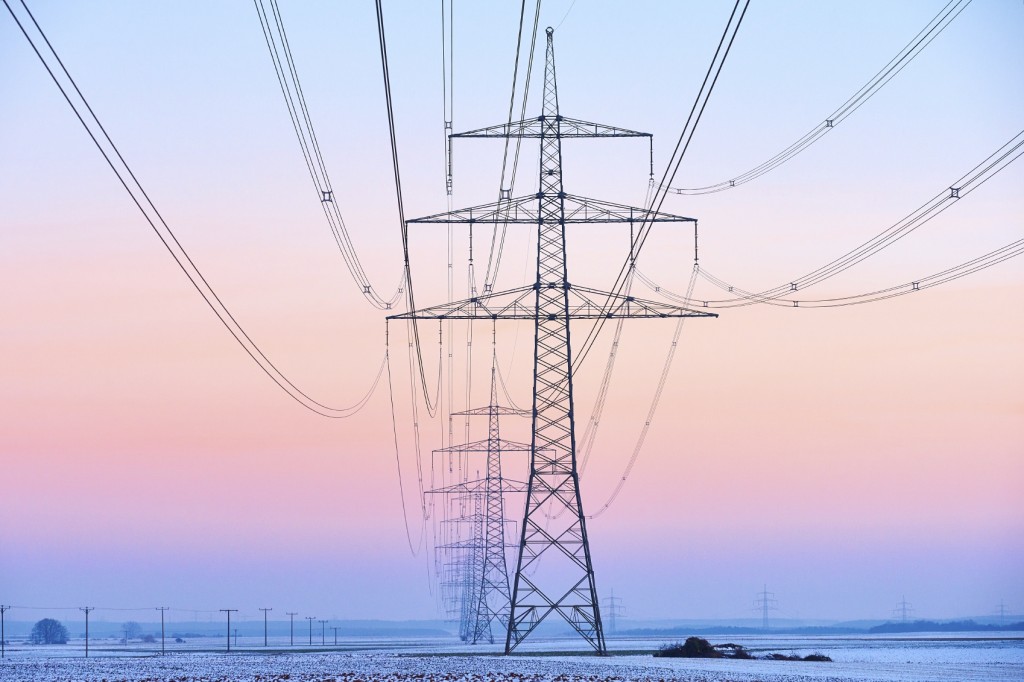The biggest advantage of corrugated aluminum sheathed cross-linked cables is light weight and large short-circuit thermal stability. In a system with a slightly longer short-circuit current, the standard thickness of the aluminum sleeve can meet the requirements. For example, when the thermal stability is not enough in the calculation, the aluminum sleeve can be thicker to meet the technical requirements. There is no need to increase copper wire shielding. The lead set is simple. The mechanical properties and tightness of the aluminum sleeve extruded by the aluminum press are very good.
The weight of aluminum sheathed cables is much lighter than that of lead sheaths. How to use manual labor to move, lift, carry and move the cables is less labor-intensive than lead sheathed cables, which is very popular with laying workers.
The corrugated aluminum sleeve structure was developed in the 1960s and 1970s. At that time, high-voltage cables were mainly oil-filled aerial bundled cables 7870 standard. The use of corrugated aluminum sleeve in oil-filled cable design has many advantages: the radial reinforcement of the lead sleeve is omitted; the spiral corrugation forms the outer oil passage to significantly reduce the transient pressure drop of the oil-filled cable, which can be released in the circuit design. The length of the fuel supply section can reduce the number of plug joints; the price of aluminum at that time was much lower than the current price, and it was much cheaper than the price of lead and copper. Therefore, corrugated aluminum sleeves have been used to replace lead sleeves in land-based oil-filled cables in some countries, which has great economic and technical benefits. However, the spiral corrugations of the corrugated aluminum sheathed cross-linked cable make the cable do not have the longitudinal water blocking function. In the wire design, if it can also longitudinally block the water and reduce the gap, the electrical performance will be reduced, which seems to outweigh the gain.
The atomic number of aluminum in the periodict able is 13, while lead is 82. Aluminum is a chemically active metal. When encountering external force damage during operation, the outer protective layer is damaged or the outer protective layer is broken on the support, and the aluminum sleeve will soon be corroded and perforated, causing water ingress.
The melting point of aluminum is 658°C, and the mold base temperature is about 500°C when the aluminum press is extruded. The extrusion temperature of the lead sleeve is much higher than that of the lead sleeve. For this reason, there should be a copper wire braided glass ribbon or a semi-conductive resistance hose in the aluminum sleeve to prevent the insulation shield from being burned. There are two types of aluminum pressing machines: continuous pressing and discontinuous pressing. It is not very beneficial to cross-linked cable core to stop for a period of time when adding aluminum ingots discontinuously. Although the new and old aluminum ingots can be combined into one body in the aluminum press, there are still visible seams on the surface of the aluminum sleeve, but it has no effect on the resistance strength of the aluminum sleeve. It should be said that continuous is better than discontinuous.
The aluminum press system is a precision equipment with a high cost, and the production process and process of the aluminum press are also more complicated. The aluminum press has a higher energy consumption and labor consumption to produce the aluminum cover, and the production cost of the metal cover is also higher.
The allowable side pressure of the aerial bundled cable(abc)1418 is related to the type of insulation, not the type of metal sheath. The data recommended in some foreign authoritative manuals are shown in the table below. Although the compressive strength of the corrugated aluminum pipe is higher than that of the lead pipe, the tension of the cable during laying is on the conductor core. The lateral pressure at the bend is transmitted from the conductor to the insulation, metal sheath and sheath, and the corner pulley bears the thrust . Among them, the most susceptible to mechanical force is insulation. It is reasonable to determine the lateral pressure of the cable by the insulation resistance.
